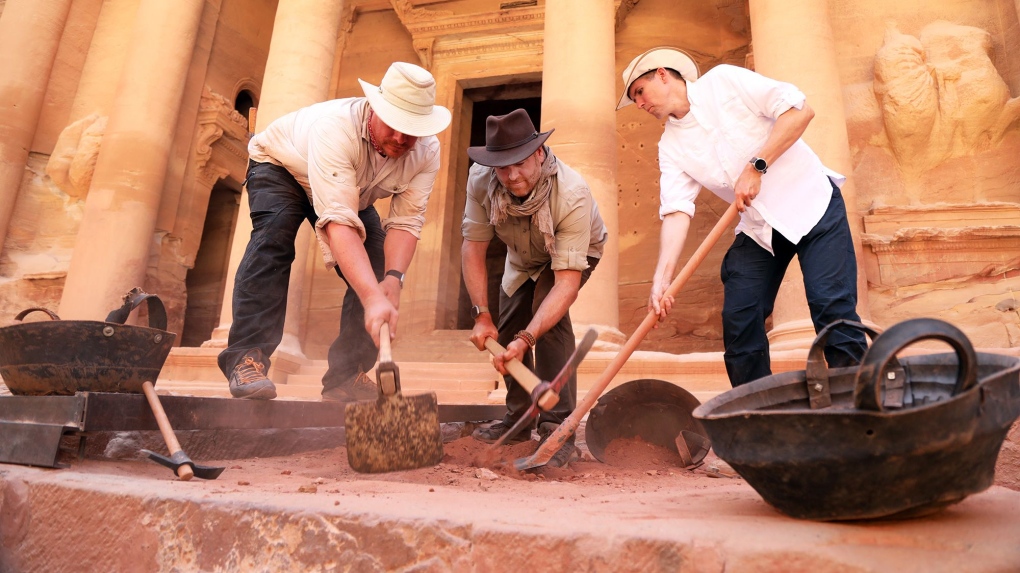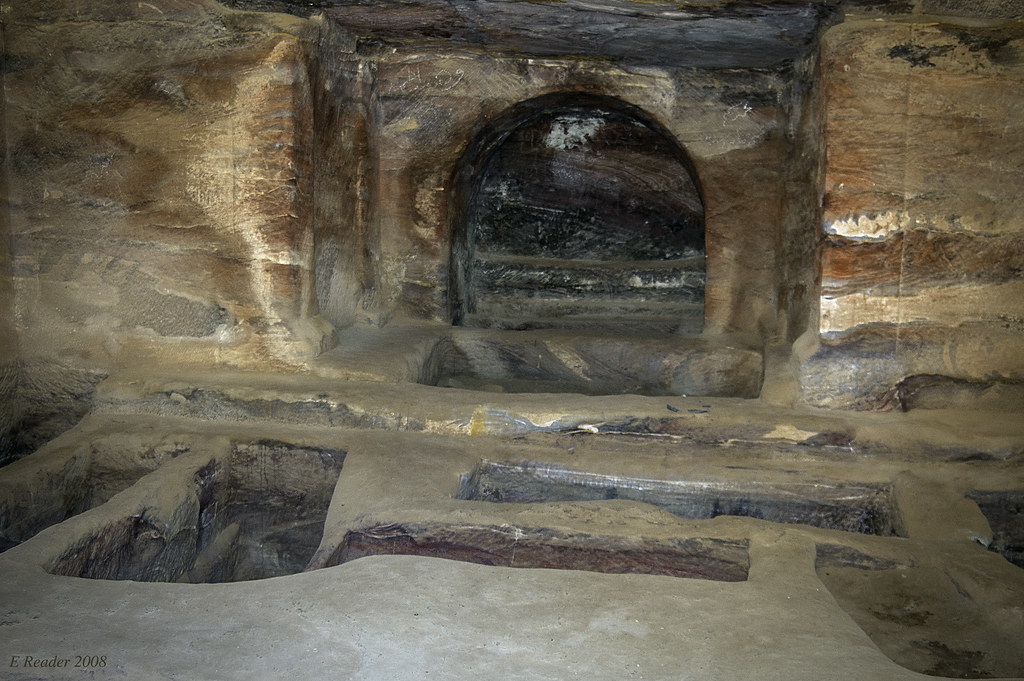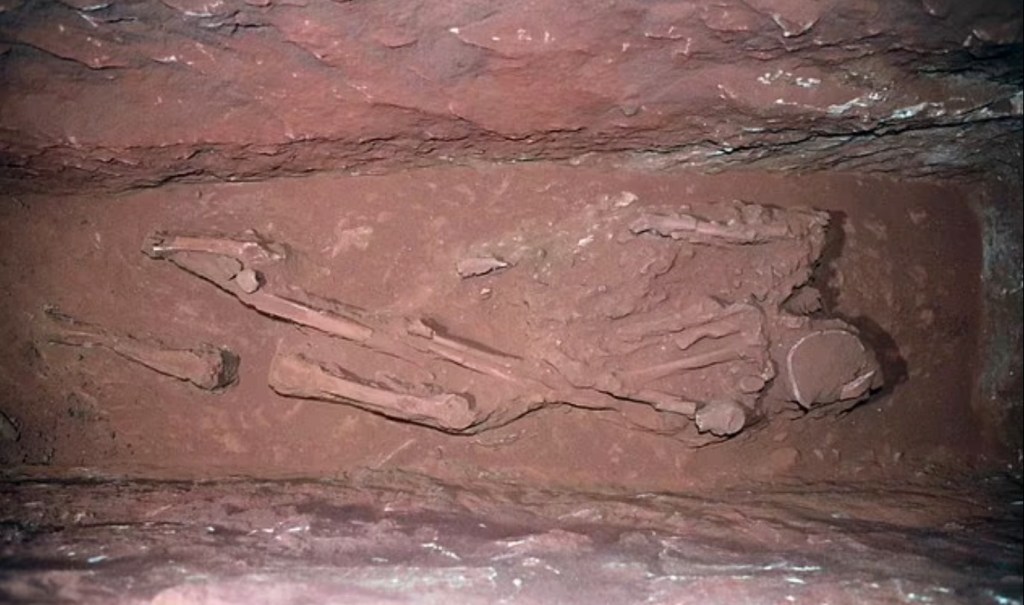Table of Contents
Unearthing of hidden tomb with 12 skeletons under Petra


Researchers have discovered a hidden tomb with 12 human skeletons at the Treasury building in Petra, Jordan.
The central location of the ancient city is the Treasury building, also known as Al Khazneh, which was carved into the walls of a desert canyon by the Nabatean Kingdom inhabitants 2,000 years ago. Petra, now designated as a UNESCO World Heritage site, is a famous tourist destination recognized for being featured as the resting place of the Holy Grail in the movie Indiana Jones and the Last Crusade. However, even though it plays a made-up part in the greatest Indiana Jones movie (please don’t argue with me), the actual reason for the Treasury’s existence is still a mystery.
This is why findings such as these new 12 skeletons are so thrilling. A little more than twenty years ago, comparable secret burial chambers were discovered on the site’s left side. This initial finding caused researchers to consider the possibility that additional tombs might be concealed in other parts of the structure.
The researchers’ team was authorized by Jordanian authorities earlier this year to use remote sensing in a week-long investigation of the site to find new tombs. In order to accomplish this, they utilized non-intrusive survey methods with electromagnetic conductivity and ground radar. Josh Gates, the host of a two-episode show titled Expedition Unknown, which was broadcast on the Discovery Channel in October 2024, joined them.

Professor Bates Remarks
“The main purpose of the survey was to assess the condition of the areas around the Treasury, its courtyard, the plaza, the exit of the Siq and the wadi into which they all feed, in advance of potential future works to divert and better control flood waters,” Professor Bates from the University of St Andrews said in a statement.
After discovering a possible tomb, the team created and executed an excavation plan with the help of the Jordanian Department of Antiquities (DoA) and the American Center of Research (ACOR). They swiftly discovered a tomb with intact burials.
“The discovery is of international significance as very few complete burials from the early Nabataeans have ever been recovered from Petra before. The burials, their goods, and the human remains can all be expected to help fill the gaps of our knowledge in how Petra came to be and who the [Nabataeans] were,” Bates added.
Materials from the sediment around the tomb and the tomb enclosure itself were used to determine that the walls of the tomb were built between the mid-1st century BCE and the early 2nd century CE.
Dr Tim Kinnaird Explanation
“The tomb was most likely built as a mausoleum and crypt in the Nabatean Kingdom at the beginning of the 1st century AD for Aretas IV Philopatris. Like many tombs in the valley, few remains have ever been found in the tombs due to their subsequent use and reuse over the last two millennia,” Dr Tim Kinnaird, also from the University of St Andrews, explained.
“[It’s] fantastic that we now have the pottery, ecofacts and sediments to date when the treasury was constructed. Previously we’ve worked on assumptions and conjectures – to have a definitive date will be a monumental achievement for us all.”
Surprisingly, one of the skeletons was discovered holding a ceramic container that bears a strong resemblance to the grail depicted in the Indiana Jones movie.
Gates Remarks
“When we spotted what looked like a chalice, all of us just froze. It looked nearly identical to the Holy Grail featured in Indiana Jones and the Last Crusade, set in the ancient building directly above the tomb. It was the ultimate moment of life imitating art,” said Gates.
This vessel seems to be a piece of a damaged container that was probably crafted in the 1st century BCE.
Pearce Paul Creasman Statement
“There is so much that we have yet to learn about The Treasury. When was this remarkable structure built, and why? Little did we know that this dig might completely change what we know about The Treasury and help solve the mysteries of the Nabataean people,” Pearce Paul Creasman, archaeologist and executive director of ACOR, explained in another statement.
“With the support of the Jordanian government, this excavation is bringing us closer than ever to answers.”
Also Check Out: US alerts on growing North Korean aid








